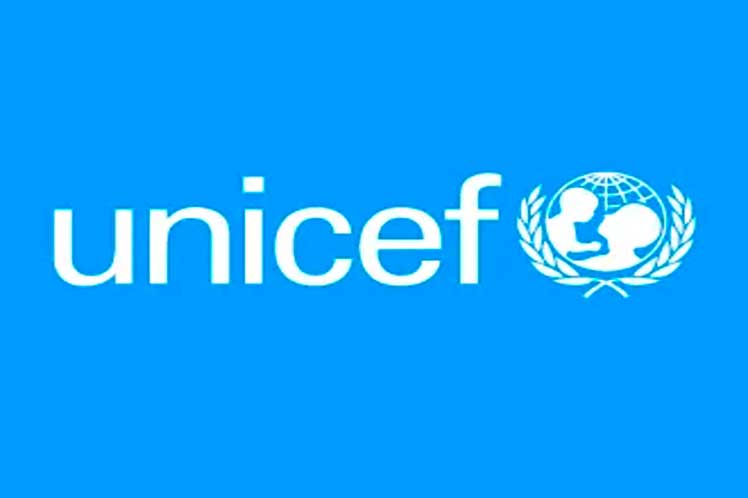Following the phenomenon, the Agency immediately transported drinking water in trucks and distributed hygiene kits. UNICEF also mobilized promoters to educate communities on handwashing and storing safe water. They also sent mobile health and nutrition teams to treat the wounded and sick, warm clothing, blankets, household items, and kitchen equipment for families who have lost their belongings.
The Children’s Fund also provided cash assistance through its rapid response mechanism to help victims recover and meet their basic needs.
According to reports from the field, tens of thousands of minors are still reported as affected by the flash floods, especially in Baghlan, Badakhshan and the Ghor province.
At least 350 deaths were reported, 7,800 homes were damaged and more than five thousand families were displaced.
Experts say that the recent extreme weather in Afghanistan has all the hallmarks of an intensifying climate crisis, with some damaged areas experiencing last year’s drought.
According to the agency, extreme weather events in Afghanistan are increasing in both frequency and intensity, causing loss of life and livelihoods and significant damage to infrastructure.
Afghanistan ranks 15th out of 163 countries in the 2021 Children’s Climate Risk Index established by UNICEF, meaning that children are particularly vulnerable to the climate crisis and its impacts compared to other parts of the world.
jrr/llp/arc/ebr










